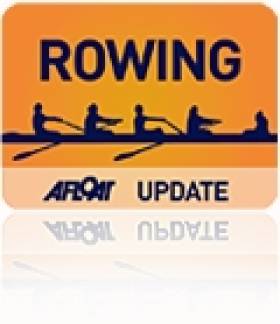About Match Racing
A match race is a race between two competitors, going head-to-head.
In yacht racing, it is differentiated from a fleet race, which almost always involves three or more competitors competing against each other, and team racing where teams consisting of 2, 3 or 4 boats compete together in a team race, with their results being combined.
A match race consists of two identical boats racing against each other. With effective boat handling and clever use of wind and currents, a trailing boat can escape the grasp of the leader and pass. The leader uses blocking techniques to hold the other boat back. This one-on-one duel is a game of strategy and tactics.
About the World Match Racing Tour
Founded in 2000, the World Match Racing Tour (WMRT) promotes the sport of match racing around the world and is the longest running global professional series in the sport of sailing. The WMRT is awarded ‘Special Event’ status by the sport’s world governing body – World Sailing – and the winner of the WMRT each year is crowned World Sailing Match Racing World Champion. Previous champions include Sir Ben Ainslie (GBR), Taylor Canfield (USA), Peter Gilmour (AUS), Magnus Holmberg (SWE), Peter Holmberg (ISV), Adam Minoprio (NZL), Torvar Mirsky (AUS), Bertrand Pace (FRA), Jesper Radich (DEN), Phil Robertson (NZL) and Ian Williams (GBR). Since 2000, the World Match Racing Tour and its events have awarded over USD23million in prize money to sailors which has helped to contribute to the career pathway of many of today’s professional sailors





























































